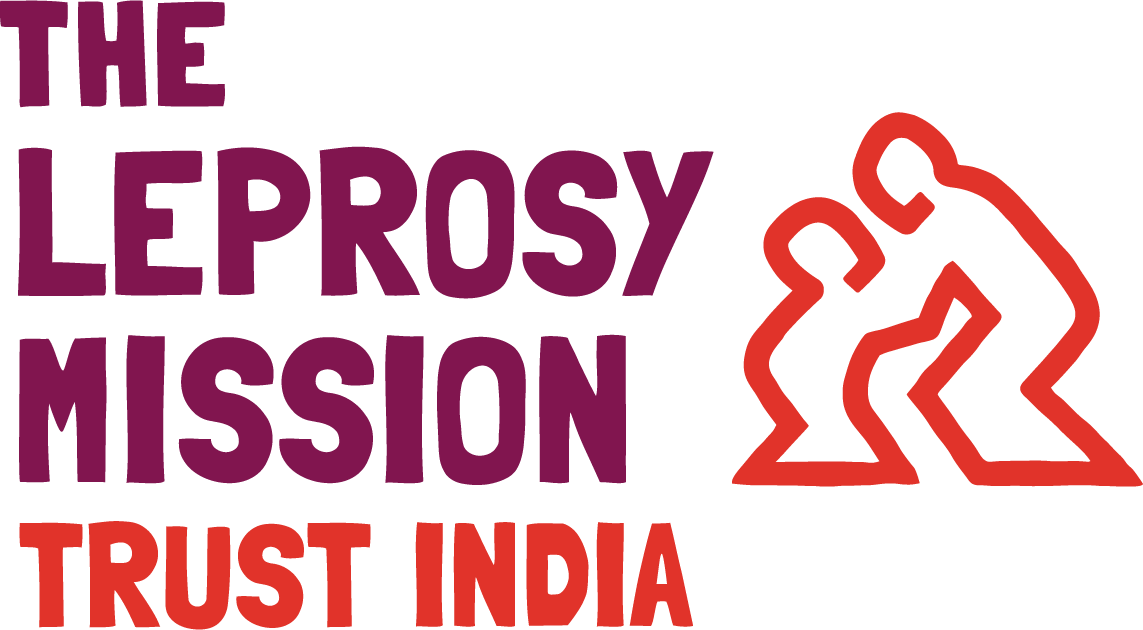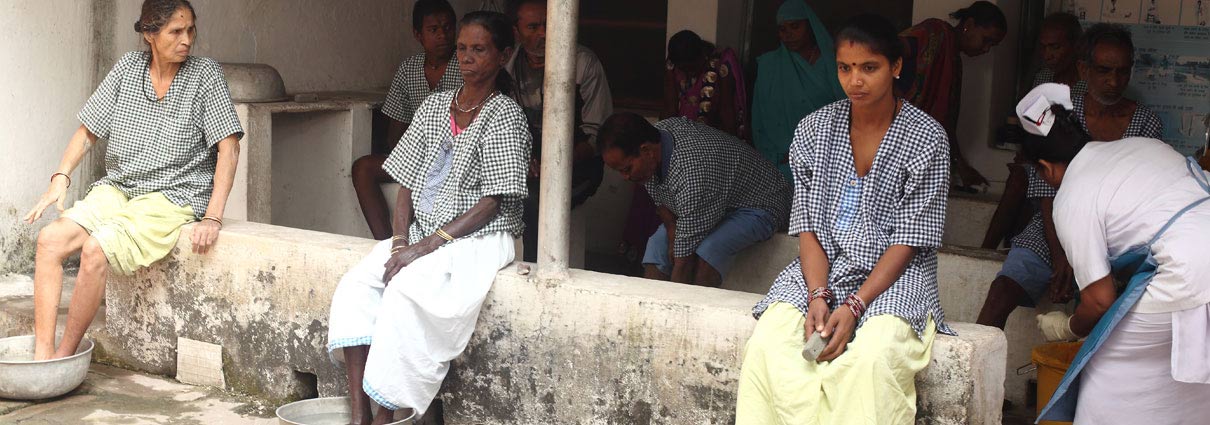Disability Prevention and Management
Leprosy is a leading cause of permanent physical disabilities among communicable diseases. The most effective way to prevent disabilities due to leprosy is early diagnosis and appropriate and timely treatment, before nerve damage sets in. Effective management of leprosy complications, including reactions and neuritis, can prevent or minimise the development of further disabilities.
To a large extent, deformities reinforce the social stigma and discrimination against persons affected by leprosy and their families. TLMTI hospitals undertake the following activities for the prevention and management of leprosy-related disabilities:
- Diagnosis and treatment of new cases of leprosy before the onset of disability. Usually, after confirmation of leprosy diagnosis, patients are referred to the government health facility near their homes for treatment. This is done to ensure that the patients take the full course of treatment. They are educated on when to consult TLMTI hospital for any complications of leprosy (the potentially disabling complications of leprosy are: lepra reactions and neuritis, ulcers, paralysis of hands, feet and eyelids, and ocular complications).
- Diagnosis and timely management of the complications of leprosy to:
- prevent disability
- prevent existing disability from worsening
- Rehabilitative surgery to correct established deformities and restore function. Rehabilitative surgery consists mainly of reconstructive surgery and debridement for ulcers.
- Specialised protective footwear for anaesthetic feet. (In 2016, TLMTI was awarded the ‘Google Impact Challenge: Disabilities’ grant, to manufacture cost-effective customised footwear using 3D scanning and computer-aided designing and manufacturing [CAD/CAM] technology. This footwear helps people with leprosy maintain the ability to walk. This is an innovative solution to the current handmade MCR [microcellular rubber] used by leprosy patients. Though protective, the present footwear is stigmatising as it identifies the wearer as having leprosy. TLMTI aims to replace all MCR protective footwear with these customised footwear).
- Physiotherapy, occupational therapy, patient education, and counselling for physical rehabilitation and management of disability.
Prevention and management of disabilities due to leprosy is a major function in all TLMTI hospitals. Patients are taught to inspect parts of their body which have lost sensation, and see if there are any hot spots on their hands or feet. They are taught to look for swelling, imminent wounds and report to the hospital if they see the danger signs. Corrective surgery by tendon transfers for hands, feet and eyelids; soft tissue reconstruction of lost tissue of the hands, feet and nose; salvage procedures of the irreparably damaged hands and feet are some of the ways in which TLMTI hospitals help manage established deformities due to leprosy. Its hospitals conduct over 3,200 such reconstructive surgeries every year.
Other than leprosy, TLMTI hospitals help manage locomotor disability caused by congenital malformations. They also help manage congenital deformities, arrested development, trauma, burns, and diseases such as polio, by physical therapy, splinting, and wherever required, by surgery.
Physiotherapy, occupational therapy and podiatric services are provided to all leprosy patients who have disabilities. Moreover, health education on self-care (since patients do not have sensation, lifelong vigilance is required to prevent injury), special splints, and aids and appliances, are provided to all patients who need them.


